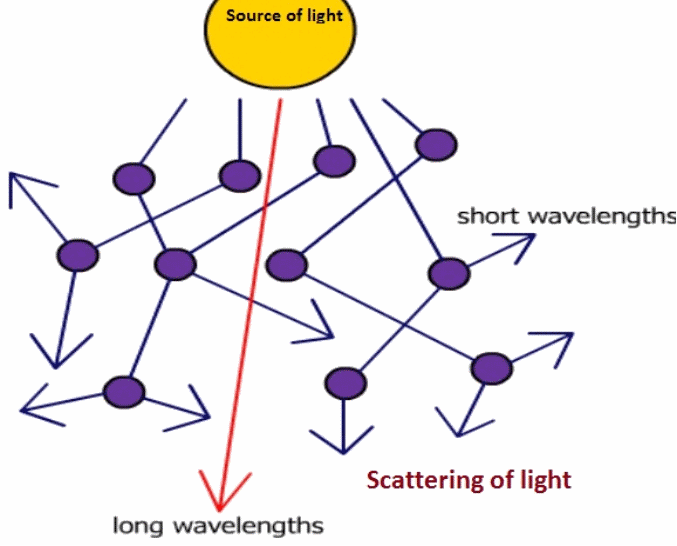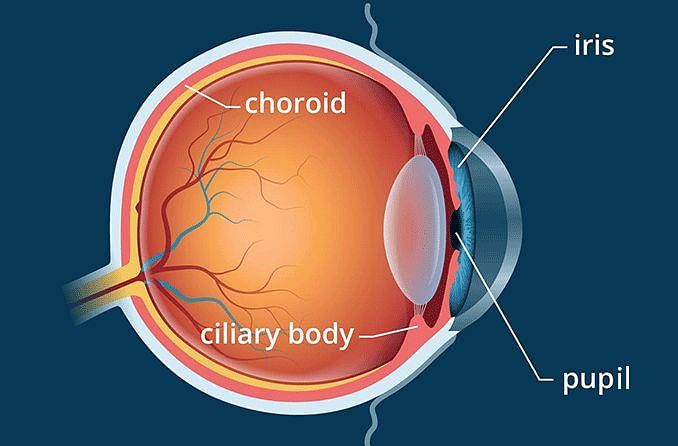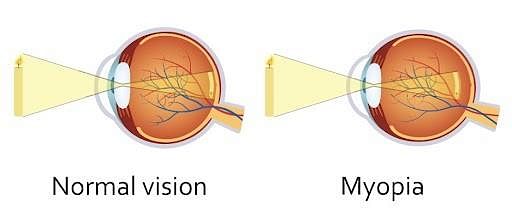The Human Eye & the Colorful World - 2 - Class 10 MCQ
20 Questions MCQ Test Science Class 10 - The Human Eye & the Colorful World - 2
When light rays enter the eye, most of the refraction occurs at the
The focal length of the eye lens increases when eye muscles
The amount of light entering the eye is controlled by
A normal eye is not able to see objects closer than 25 cm because:
The bluish colour of water in deep sea is due to
Eye lens form the image of an object situated in front of it at the retina. The image formed is
The danger signals installed at the top of tall buildings are red in colour. These can be easily seen from a distance because among all other colours, the red light
The range of vision of a normal human eye is from
The change in focal length of eye lens, so as to focus the image of objects situated at varying distance in front of eye, is done by the action of the
A student sitting on last bench in a classroom cannot see clearly words written on the blackboard. He is suffering from
A prism ABC (with BC as base) is placed in different orientations. A narrow beam of white light is incident on the prism as shown in figure. In which of the following cases, after dispersion, the third colour from the top corresponds to the colour of the sky?
A person cannot see distinctly objects kept beyond 80 cm. This defect of vision is known as
A girl can see distant objects clearly but cannot see an object situated close to her eye. She is suffering with
A student sitting on the last bench can read the letters written on the blackboard but is not able to read the letters written in his textbook. Which of the following statements is correct ?
A person cannot see distinctly objects kept beyond 2 m. This defect can be corrected by using a lens of power
|
83 videos|438 docs|74 tests
|






















